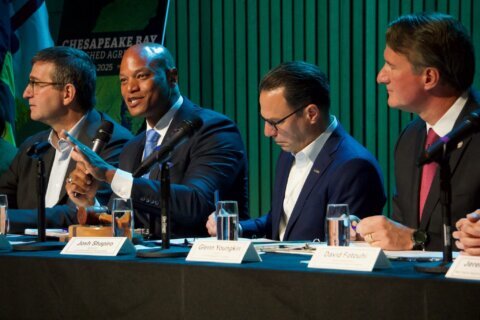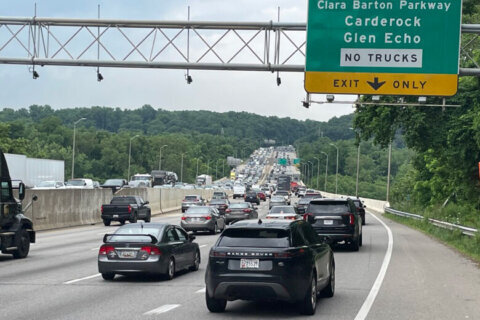WASHINGTON — Metro’s iconic paper farecards will soon be phased out completely. A Metro board finance committee said Thursday that anyone with extra paper farecards will only have until June 2016 to trade them in before losing the cash value.
Metro will begin retrofitting farecard machines in September to dispense SmarTrip cards that can be loaded with any value a rider chooses, rather than the current system that requires buying a SmarTrip for $10 at a separate machine. That $10 currently includes $8 that can be used to pay fares and a $2 fee for the SmarTrip. The cost of the SmarTrip is not expected to change, but riders will now be able to add whatever value or passes they choose to the card.
The plan calls for paper farecard sales to end at individual stations on a rolling basis beginning in October, with all paper farecard sales ending by January. The older brown fare machines will only be used to add value, while the newer, blue machines will be able to both dispense new cards and add value.
Beginning in early March, paper farecards will no longer be accepted at fare gates, but the value will still be allowed to be added to a SmarTrip card until June 2016 through existing farecard machines.
Beginning July 1, 2016 any value left on paper farecards would remain with Metro.
Jim Bongiorno, who is running the paper farecard elimination project, calls this the culmination of a process that began in 2009.
“Come July 1, 2016, if you still have a paper farecard, congratulations, you have a Metro souvenir,” he says.
It goes hand-in-hand with Metro’s pilot project for new fare payment methods, including smartphones or credit cards.
He says that in order to get a cash refund for value left on paper farecards, the owners must live 100 miles or more from the Washington area.
Some Metro Board members wondered if the new SmarTrip cards sold at stations frequented by tourists could look more like a souvenir, but Bongiorno said that would not be possible under the new set up.
Assistant General Manager for Customer Relations Lynn Bowersox expects special edition SmarTrips will still be possible for events like Inauguration Days, and Metro could still sell special cards through the existing SmarTrip dispensers at stations.
Bowersox says a SmarTrip card averages about four and a half years in use. 90 percent of Metro trips use SmarTrip cards now, a number that increased after Metro added a one dollar surcharge for riders using paper farecards in the rail system.
“The remaining ten percent: tourists, a few weekday riders, and some weekend riders,” Jim Wynne, Director of Metro’s Office of Equal Opportunity says.
The finance committee approved an analysis Thursday that found the plan to eliminate paper farecards would have no disproportionate burden on low-income riders. Metro plans to work with social services providers to help more people using their services get SmarTrips easily.
Bongiorno says Metro will have plenty of cards in stock, and a steady supply to avoid running out.
“The biggest concern I would have is that we don’t know precisely what the ratio is between how many SmarTrip cards we’re going to sell in lieu of paper farecards,” he says.
“The analysis that we’ve done suggests that in today’s world, about 40 percent of our paper farecard sales are one way trips…so we’re basing our card orders to stock the machines on that analysis, but we don’t have actual experience on that.”
The new cards will be slightly different from existing SmarTrip cards, with no value until after they are purchased from the machine.







